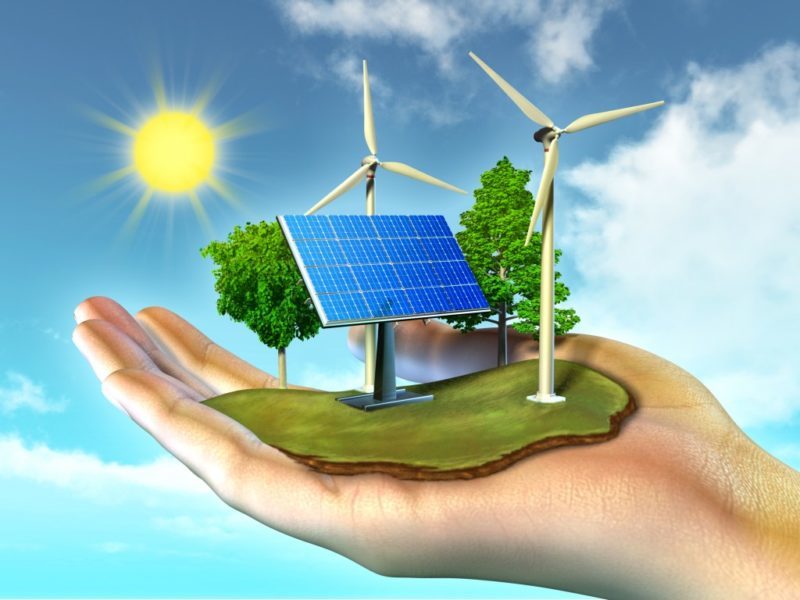
Disadvantages of Renewable Energy
As nonrenewable resources such as oil and coal become scarcer, the search for renewable energy has become increasingly important. While using renewable energy will not only help sustain the world’s increasing population, it will also help protect the environment for future generations. However, while there are many benefits associated with using renewable energy, there are also several disadvantages that must be considered. Before implementing new technologies, you should understand these disadvantages and determine which methods of renewable energy are right for you.
Renewable energy comes from a variety of sources. Solar, wind, and geothermal energy are all examples. These sources are constantly replenishing, and can be used to generate electricity and heat. Additionally, they are free and available, and the only investment required is in infrastructure and clean technology. But it’s not a simple process. There are several factors that must be considered before implementing new technology and policies to make this work for you.
Renewable energy is the most ancient form of energy. It is estimated that humans started using biomass as fire hundreds of thousands of years ago. Wind energy was the second-oldest form of renewable energy. It was used to propel ships across the Persian Gulf and the Nile, and it was also used to run ships. Geothermal energy has been used for space heating and bathing since Paleolithic times. These technologies are the future of our planet, and they are increasingly affordable.
There are several ways to finance renewable energy projects. One method is to use PACE, which is a property assessment system that attaches repayment obligations to residential properties. This method allows home and business owners to invest in clean energy projects while improving their financial health. A list of PACE programs is available at PACE NOW. Other states also provide financial incentives to encourage the development of renewable energy. The Database of State Incentives for Renewables and Efficiency is an online database that tracks all incentives by state.
Another way to generate renewable energy is to generate electricity on-site. In some cases, generating electricity on-site is more viable than installing renewable power plants. In other areas, however, there are more challenges than advantages to creating energy from renewable sources. In some regions, the costs associated with these technologies are more expensive than the benefits of renewable energy. While renewables are a good option for many cities, the cost of the system is higher than the benefits of bioenergy.
Although renewable energy is the most popular source of electricity, some nonrenewable sources of energy can be harmful to humans and the environment. Fracking, for example, has been found to cause earthquakes and water pollution, as well as stripping the boreal forest of Canada. In addition, using fossil fuels can deplete a country’s natural resources and lead to health issues, including the air and water quality. In contrast, solar and wind energy have been used for thousands of years.
Despite the costs, renewables are already a significant source of electricity. In addition to generating electricity, renewables can be used to heat water and heat homes. In addition to producing electricity, these sources also produce biomass and biodiesel. These sources are considered zero- or low-carbon, and they are also neutral in terms of their impact on the environment. A large percentage of the world’s electricity comes from these sources. In fact, more than half of its energy is generated by biomass.
Besides being environmentally friendly, renewable energy also helps to reduce pollution. It produces very little CO2, which means it is not a serious source of pollution. As an added benefit, renewable energy also reduces the price of electricity. The costs of renewable energy vary by state. For example, solar panels cost less than $1 per watt in the U.S. (as opposed to $32 for coal). By contrast, wind and solar power are free from these hazards, and the cost of these fuels is negligible.
In the United States, the growth of renewable energy installations is varying. The number of solar power installations in the US is high in the northeast and southwest, while the most PV-powered states are in the west and south. In the west, nine out of the thirteen states have the highest potential for PV-generated electricity. In addition, the United States has many state-level policy initiatives to promote the development of renewable energy. Moreover, the European Union adopted a 20 percent renewable energy target by 2020. The use of these technologies has surpassed conventional fuels for the last decade.






